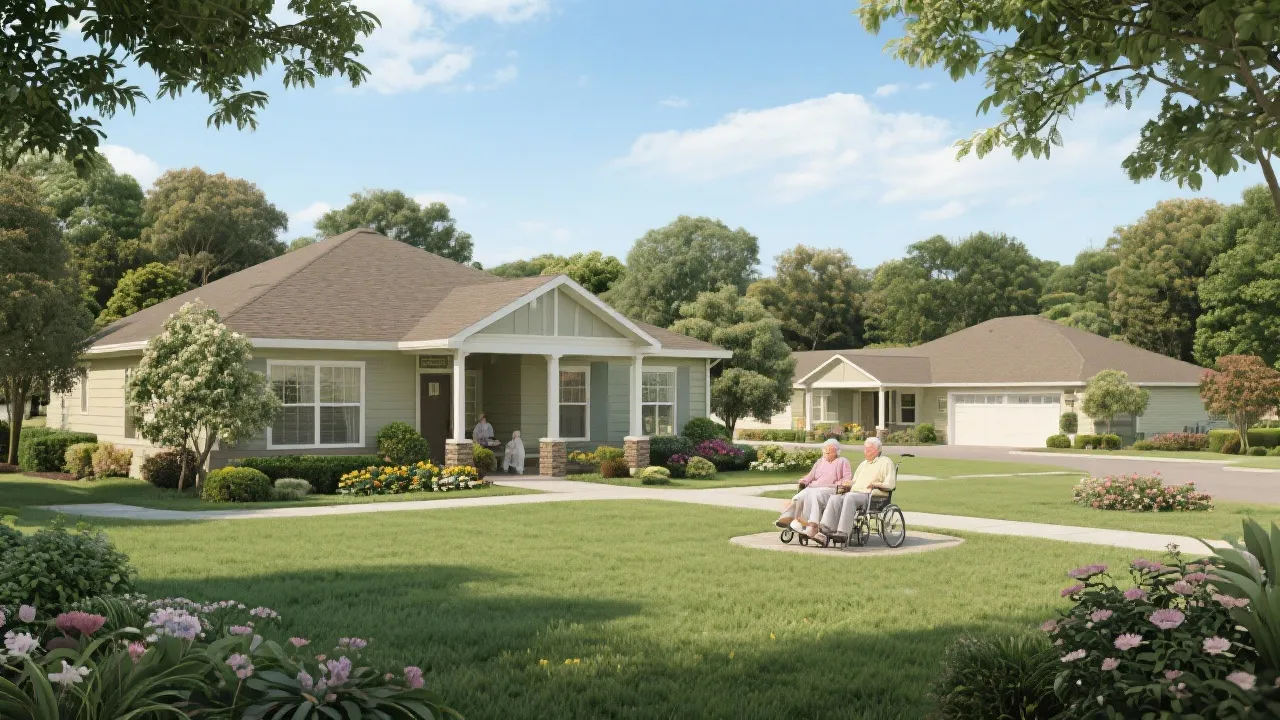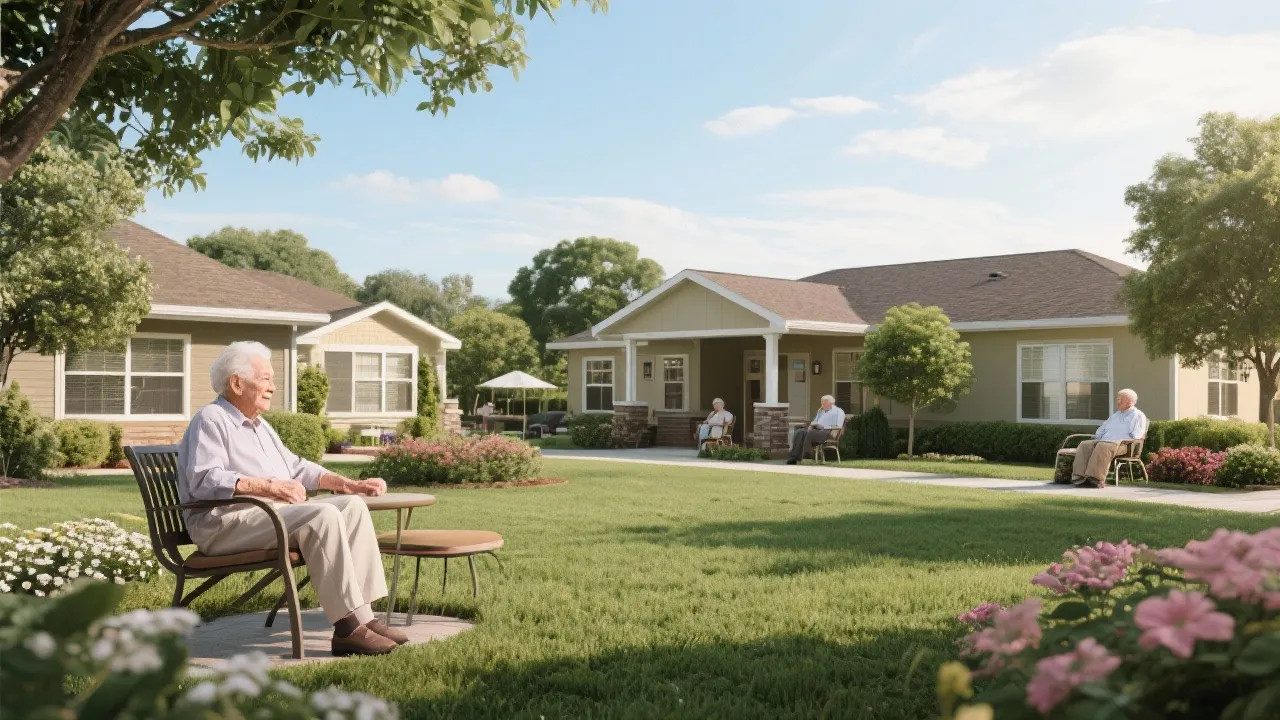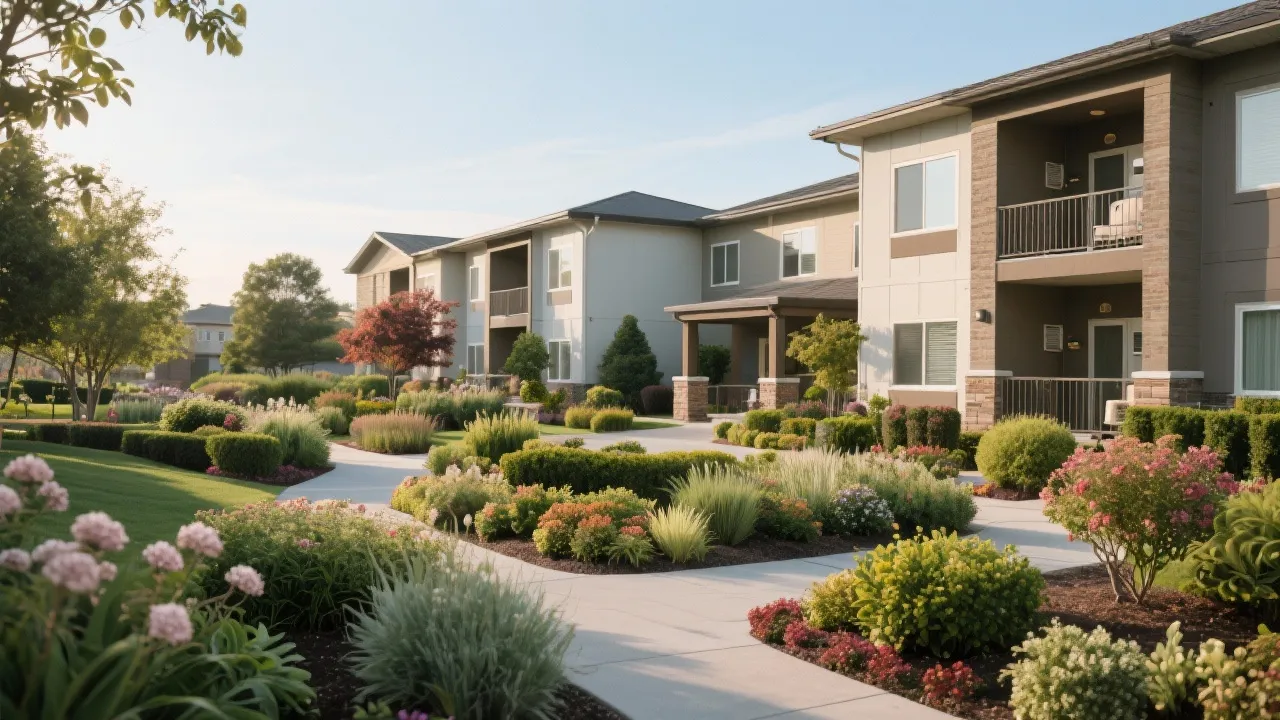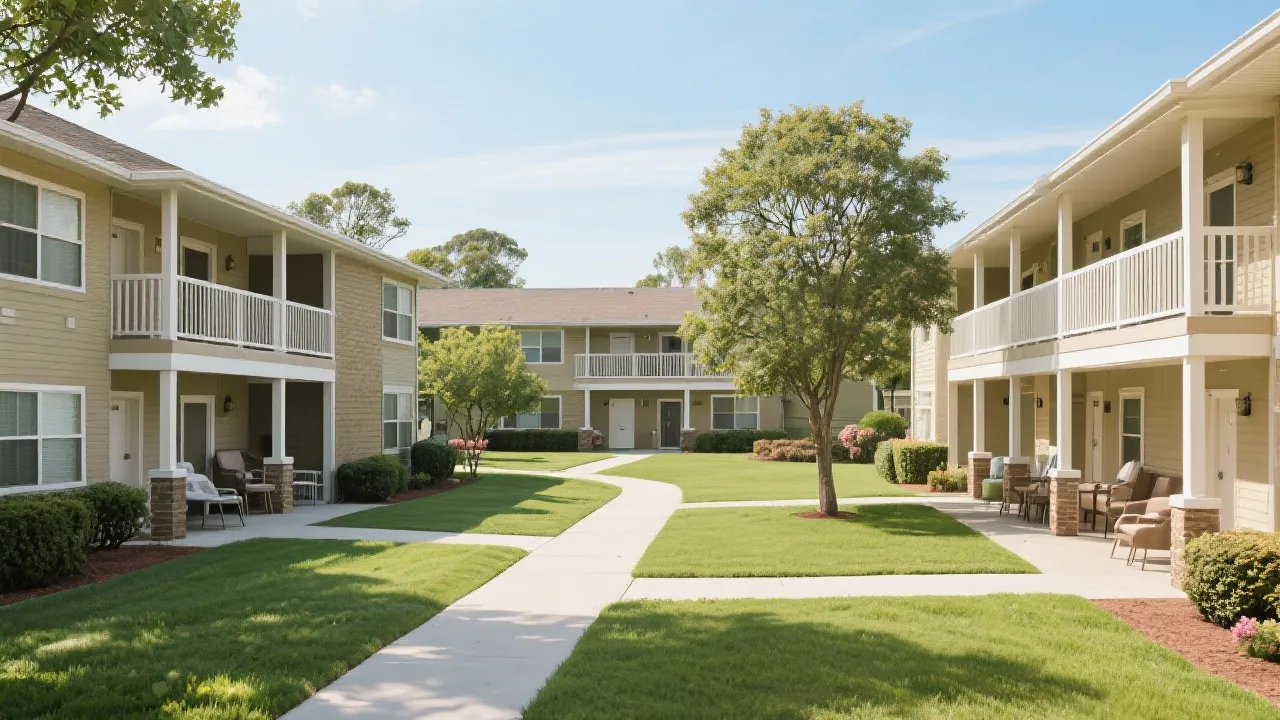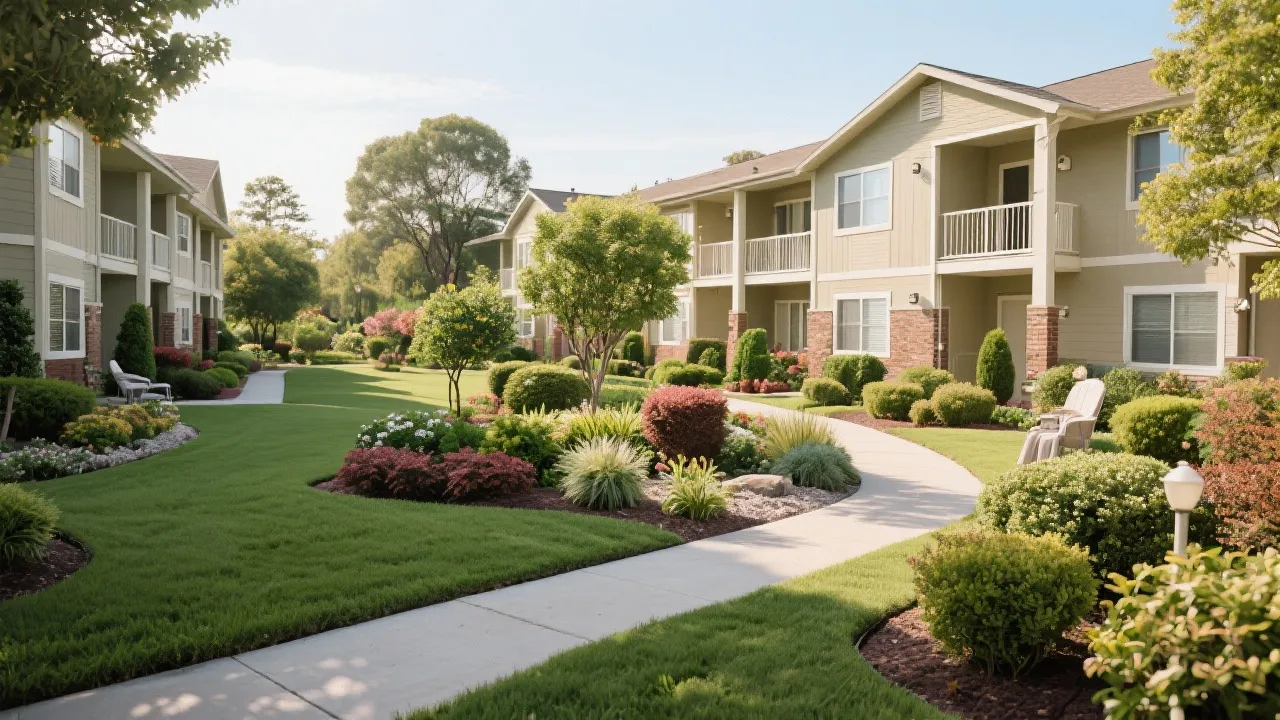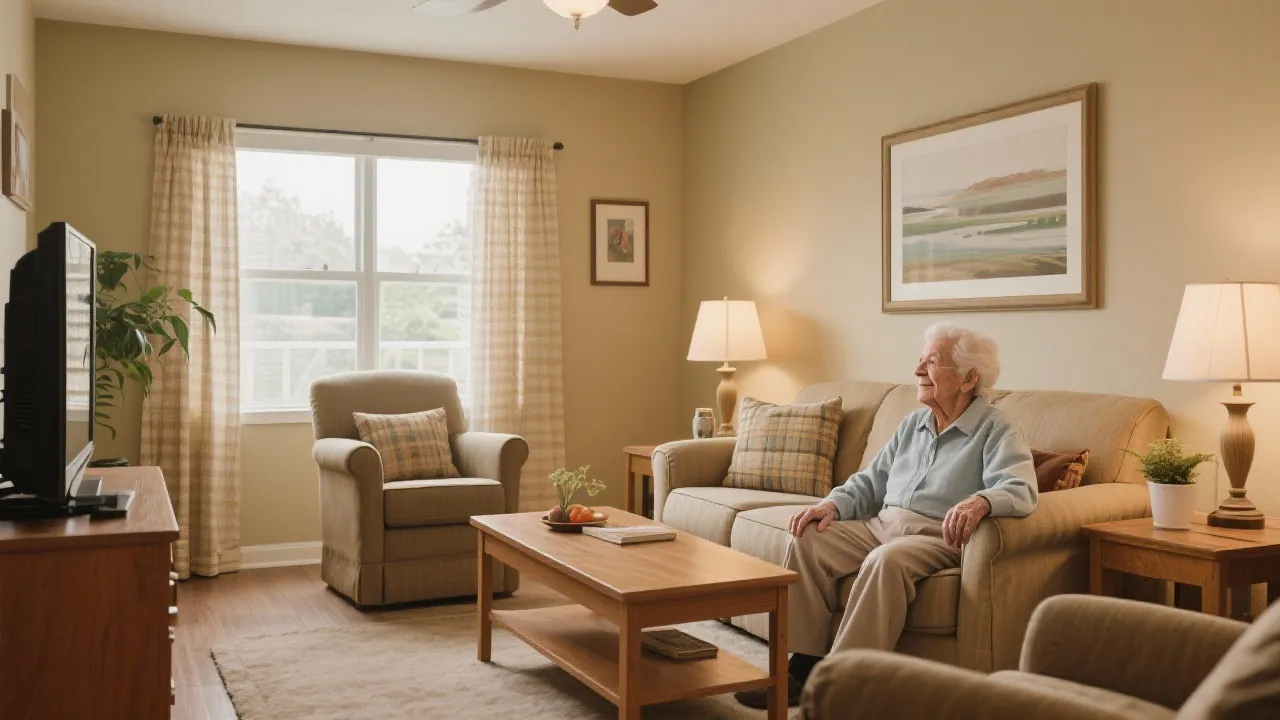Navigating Senior Housing Applications
This guide delves into the process of applying for senior housing in California. The rise in the senior population underscores the need for accessible housing options like independent and assisted living facilities. By understanding the application intricacies, applicants can efficiently navigate required steps and find suitable housing that meets their budget and lifestyle preferences.

Understanding Senior Housing in California
As California witnesses an increasing population of seniors, the demand for senior housing solutions has surged. Senior housing encompasses a range of living options specifically designed to meet the needs of seniors, whether it involves independent living or more comprehensive care facilities like assisted living and memory care. Understanding these available options is crucial for making informed decisions aligned with one's financial situation and personal preferences.
California stands out with its diverse range of senior housing alternatives, each catering to different needs and lifestyle choices. As seniors age, their requirements may change, ranging from wanting a sense of independence to needing full-time medical assistance. Hence, the decision-making process can be daunting without the right information. This guide provides a deep dive into senior housing types, their features, and how to navigate the application process.
Types of Senior Housing in California
In California, seniors can explore various housing complexes, each structured to support different levels of independence and care needs. It’s essential to familiarize oneself with the following primary categories:
Independent Living
Independent living communities are intended for active seniors who can live on their own but prefer to be part of a community. These facilities often offer social activities, housekeeping services, and meal plans, promoting an active lifestyle. Many of them also provide security and maintenance services, allowing residents to focus on enjoying their retirement without the hassle of home upkeep.
Assisted Living
Assisted living facilities are designed for seniors who require some assistance with daily activities like bathing, dressing, or medication management but still enjoy a degree of independence. These facilities typically feature trained staff ready to help residents with their daily needs. The atmosphere is less clinical than skilled nursing facilities and often feels more like home.
Memory Care
For those suffering from Alzheimer’s disease or other forms of dementia, memory care facilities offer specialized services and therapies. Staffed by trained professionals, these facilities provide a safe environment equipped with memory-enhancing programs and security measures to prevent residents from wandering away. Family support programs are also a critical aspect of memory care, as they help families navigate the challenges associated with cognitive impairments.
Skilled Nursing Facilities
Commonly referred to as nursing homes, skilled nursing facilities provide 24/7 medical care for individuals with serious health issues or those recovering from surgery or illness. These facilities are equipped with licensed medical professionals and are ideal for seniors who require continual nursing care and attention.
Continuing Care Retirement Communities (CCRCs)
CCRCs offer a range of services on a single campus, allowing residents to transition between different levels of care as their needs change. Seniors can start in independent living and move into assisted living or nursing care without having to relocate to a different facility. This option provides both convenience and peace of mind for seniors and their families.
How to Apply for Senior Housing in California
The process of applying for senior housing in California begins with understanding the types of housing available. Prospective applicants should start by determining their current and future care requirements and financial capabilities. This consideration is essential for selecting the right type of housing, such as independent living communities for active seniors or assisted living for those needing ongoing support.
Step-by-Step Guide to Application
- Research and Identify Options: Utilize resources like AARP and SeniorLiving.org to explore a wide array of senior living communities that offer detailed insights into pricing, amenities, and care services. Consider factors such as the safety of the neighborhood, proximity to family and friends, as well as the overall reputation of the facility.
- Evaluate Financial Aid: Investigate available financial assistance programs, including state and federal subsidies, that can make senior housing more affordable. Programs may include Medicaid, Supplemental Security Income (SSI), and various local assistance options based on income and need.
- Prepare Necessary Documentation: Gather personal identification, financial statements, and healthcare details, as these are common requirements when applying for senior housing. Some facilities might also ask for a letter from a physician outlining medical needs and care requirements.
- Visit Prospective Properties: Organize tours of preferred senior living facilities to assess the environment and amenities firsthand. Pay attention to the cleanliness, the friendliness of staff, and available activities that can enrich the lives of residents.
- Submit Applications: Complete and submit applications to selected housing facilities, ensuring all information is accurate and up to date. Be prepared for follow-up interviews or assessments that may be required to finalize the application process.
Comparing Affordable Senior Living Options
Finding an affordable senior living solution is crucial for many families. The cost of senior housing can vary widely based on location, type of facility, services provided, and the amenities offered. Above all, prospective residents need to align their budget with facilities that meet their needs.
| Provider | Services | Website |
|---|---|---|
| AARP | Senior living options, guides on choosing the right living option | AARP |
| SeniorLiving.org | Directory and information on senior living communities | SeniorLiving.org |
| NSCLC | Resources on housing and advocating for senior rights | NSCLC |
Finding Low-Cost Options
Investigating the spectrum of senior housing costs is essential for those seeking affordable options. This table outlines the approximate cost range for rental properties across some major regions:
| Country | City Type | Price Range |
|---|---|---|
| United States | Large cities (e.g., New York) | $2,000 - $4,000 per month |
| United Kingdom | Large cities (e.g., London) | £1,500 - £3,000 per month |
| Australia | Large cities (e.g., Sydney) | AUD 2,000 - AUD 3,500 per month |
It’s vital to do comprehensive research and perhaps consult with financial advisors who specialize in elder care to make the most informed decision regarding entering a senior housing community that will be both financially feasible and provide the necessary level of care.
Common Challenges and Solutions in Senior Housing
Finding the perfect fit in senior housing can come with challenges ranging from affordability to availability of services. Recognizing these common obstacles can help families plan accordingly and seek solutions:
Challenge: Affordability
Many seniors face financial constraints that make senior housing seem out of reach. The costs can escalate quickly, especially in highly desirable areas of California.
Solution: Exploring various financial aid options, such as government programs, veterans' assistance, and the potential for local charities that assist seniors, can alleviate some costs. Additionally, checking into federal housing programs might provide alternatives that fit within the budget.
Challenge: Availability of Desired Amenities
Many seniors have specific desires regarding community features or healthcare services that aren't always available in a given area.
Solution: Prioritizing amenities that are non-negotiable can guide the selection process. If a facility doesn’t have particular features, look for nearby options that fulfill those requirements. Creating a balanced list between must-have and nice-to-have can help streamline the search.
Challenge: Loneliness and Isolation
Seniors moving into new communities may struggle with feelings of loneliness or anxiety, particularly if they have moved away from long-term friends and family.
Solution: Engaging in community events and activities is key to building a new social network. Many facilities offer mixers, classes, and clubs that serve to foster new friendships among residents. Families can also support socialization by regularly visiting and encouraging involvement in local groups or activities.
Challenge: Understanding Contractual Agreements
Navigating lease agreements and contracts can often feel overwhelming and confusing for seniors.
Solution: Delve deep into the lease before signing any agreements. Ask for clarification on terms that are unclear and seek the advice of elder law attorneys or financial planners specializing in elder care to ensure protections are in place.
FAQs
Q: What types of senior housing are available in California?
A: Options include independent living, assisted living, memory care, skilled nursing facilities, and continuing care retirement communities (CCRCs).
Q: How can I make senior housing more affordable?
A: Look into state and federal financial aid programs, consult resources like AARP for low-cost housing options, explore options in rural areas for potentially lower costs, and check for local support programs.
Q: What documentation is required for applying?
A: Typically, you will need identification, financial statements, and healthcare information. Some facilities may require a letter of recommendation from a physician or a personal reference.
The Importance of Personal Assessment
Before making any final decision on senior housing, it’s important for individuals to conduct a personal assessment of their needs and preferences. Factors to consider include health conditions, mobility limitations, financial situation, and lifestyle aspirations. This comprehensive self-evaluation guides the search and ensures a better fit in the selected senior living arrangement.
Conclusion
Applying for senior housing in California involves thorough research, financial planning, and a clear understanding of personal needs. By utilizing resources like AARP and SeniorLiving.org, seniors can find community options that meet their lifestyle and budget requirements. Each decision should align with personal future planning and sustainability goals. Making the decision to move to a senior facility can be a challenging prospect, but with the right information and support, it can lead to a fulfilling chapter in a senior's life that offers companionship and peace of mind.
It is crucial for prospective residents and their families to approach this transition as a positive step toward easier living, improved care, and enhanced socialization. Engaging with the community and involving family members in the decision-making process can significantly ease the transition and ensure the chosen facility truly fosters the quality of life desired by the resident.
Disclaimer: The above information comes from online resources, and the data is as of October 2023. For more information, please refer to the official website.
Additional Resources
- AARP
- SeniorLiving.org
- NSCLC
- Medicare - Information and guidance about Medicare and Medicaid services in California.
- CDC Aging - Resources on wellness and health for seniors.





